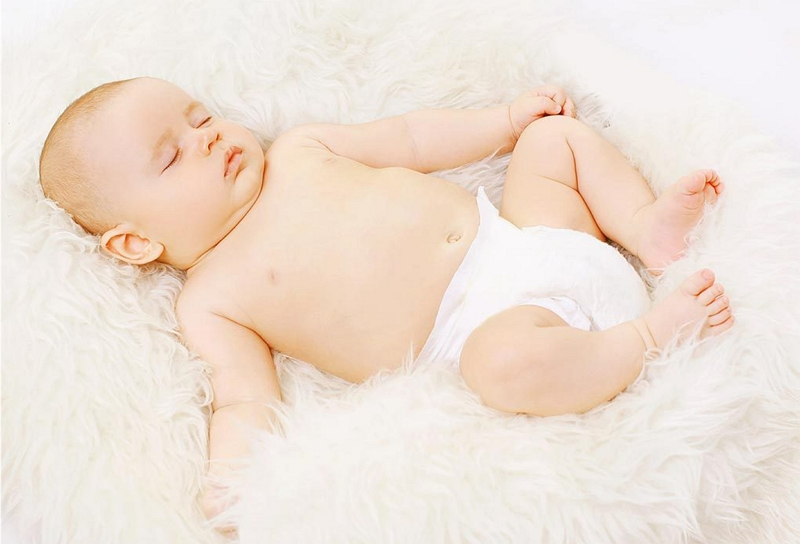How to tell when diapers are too small? As your child grows, it’s important to get the right size diaper for him or her. Diapers that are too small can cause painful rashes and leaks while diapers that don’t fit well won’t do their job properly.
If you’re buying in bulk or using cloth diapers, always buy at least a week ahead of when you need them so there is enough time between uses before they expire if necessary. If possible, test out new sizes on older children so you’ll know what works best without risking an accident with a younger baby.

There should be no more than two fingers width between the top of your babies back and where the diaper sits across his bottom – this will help avoid skin irritation from having any part of the diaper’s waistband or Velcro closure against the skin.
If you’re unsure about what size to buy, most major diaper brands have sizing charts on their websites. You can also find a variety of online calculators to help you determine the best size for your growing baby.
Why do babies fight diaper changes?
Babies fight diaper changes because they do not want to be laying down. They are very active and curious, which means that changing them is the perfect time for you to bond with your baby through playtime! Here are some tips on how to make it easier when getting ready in the morning:
* Keep a toy nearby
* Try playing peek-a-boo or singing happy songs while changing their diapers.
* The more you can get creative here – the better! You’ll have fun together during these necessary moments of change. Just remember never to force anything, but always allow your child’s comfortability come first.
Is it normal for toddlers to fight diaper changes?
It is normal for toddlers to fight diaper changes. In fact, it’s a good sign that they’re becoming independent and learning how to communicate their needs.
However, if your toddler is consistently refusing diaper changes or becomes violent during them, there may be an underlying issue that you need to address. Talk to your paediatrician if you have any concerns.
There are a few things you can do to make diaper changes easier for both you and your toddler:
– Make a routine out of it.
– Keep your toddler busy during the change with books or toys.
– Change diapers in an area where there’s no pressure to move quickly, such as their bedroom at naptime or playtime.
– Be patient and calm when you talk about changing diapers because toddlers are often sensitive to how others react around them.
It may take some time for your toddler to get used to diaper changes, but eventually, they will adapt and see that getting changed is nothing to be afraid of!
What are the signs of readiness for potty training?
There is no one answer to this question since every child is different. However, there are a few general guidelines that can help parents determine if their child is ready for potty training.
One sign of readiness is being able to stay dry for extended periods of time. A child should also be able to communicate when they need to use the bathroom. Another indication that your child may be ready for potty training is demonstrating an interest in using the toilet or wearing underwear.
If you think your child may be ready, it’s important to start by introducing them to the concept of using the toilet. You can do this by talking about going pee and poop in the potty, showing them how to use the toilet, and letting them sit on the toilet.
Before you start training, make sure to decide whether or not you want your child to use underwear or diapers during this process. Remember that there is no right way to potty train a child so feel free to experiment with different techniques until you find one you are comfortable with.
The most important thing is being patient and working together as a team! If done correctly, potty training doesn’t have to be hard for either parent or child. It can even create closer bonds between everyone involved!
You just have to go into it knowing that it may take some time before they get used to doing their business in the proper place. However, once they master using the bathroom outside of their diaper, everything else will become much easier!
How can I calm my baby up during nappy change?
You can help your baby feel comfortable during nappy changes by making sure you have what you need within arm’s reach. If possible, keep an extra set of hands nearby to assist with the situation or even distract them for a moment so that you can get change done in peace.
You could also try using some distraction tools like books and toys if they are not too young, though it may be difficult to find one specific toy that will appeal to all infants! It is important not to ignore their cries when doing this task because then they will learn that crying means others must stop whatever work they are doing and tend right away.
Instead, take your time but do your best to stay calm while performing this chore together. This way, they will learn to associate the act of changing their nappy with a positive experience.
